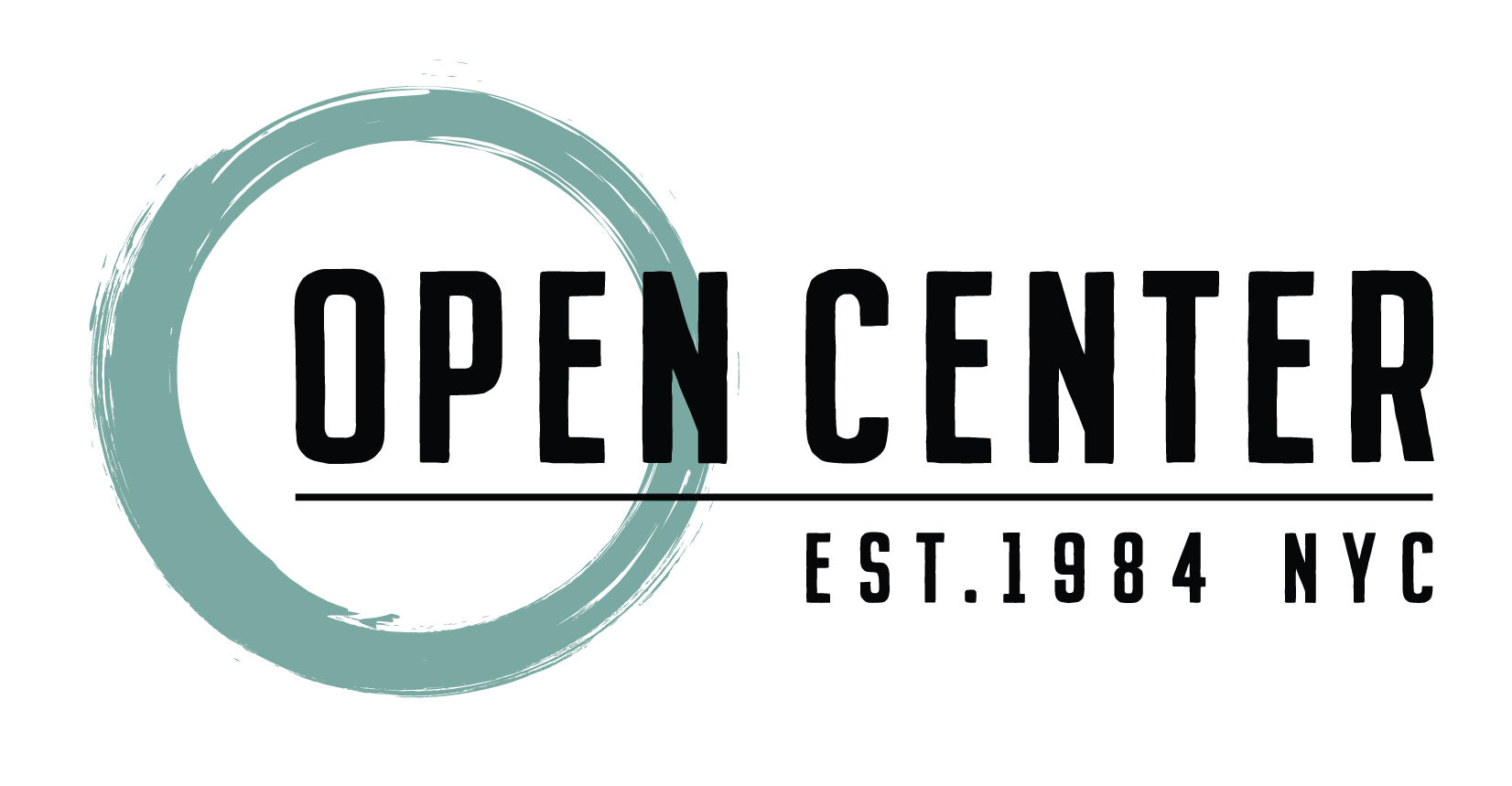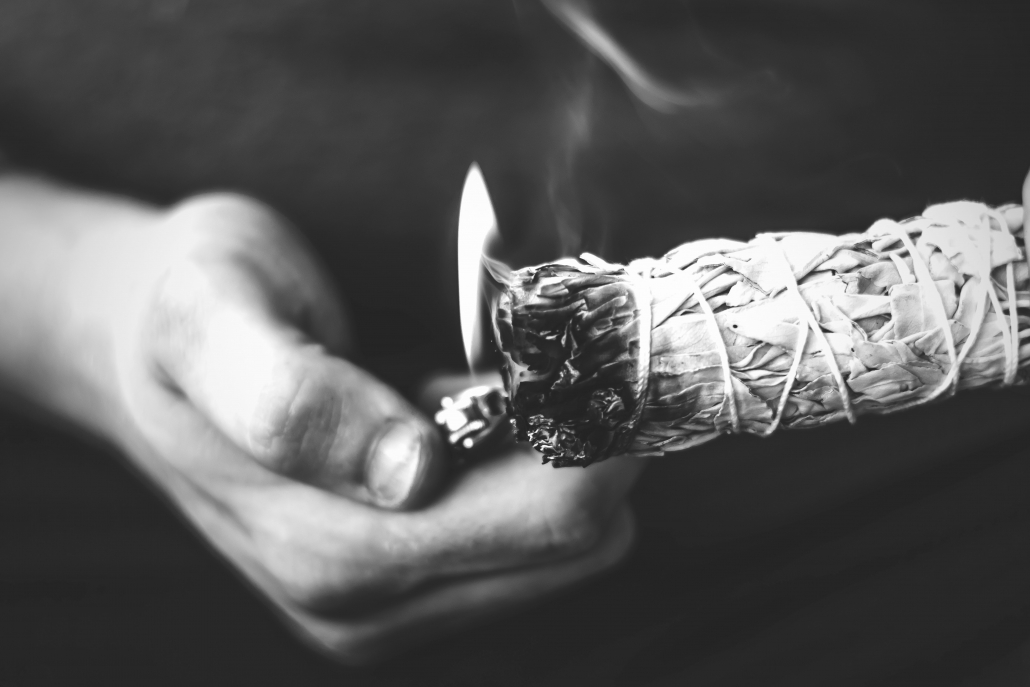November is Native American Heritage Month, a time to celebrate the rich and diverse cultures, traditions and contributions of America’s original inhabitants, while raising awareness about the past and present discrimination, violence and inequities they have historically encountered and continue to face today.
This comes at a time when the world is reeling from the heartbreaking discoveries of the remains of thousands of children who were forcefully taken from their homes, abused, neglected and died at the hands of Indian Residential Schools. From the 1860s towards the end of the 20th century, the purpose of these schools was to “Kill the Indian, save the man” by destroying and assimilating indigenous cultures. It was not until 1978 with the passing of the Indian Child Welfare Act that Native American parents gained the legal right to deny their children’s placement in off-reservation schools. (BBC)
And yet, despite these efforts to erase all signs of Native American culture, reminders are everywhere –from sports team mascots to butter logos. Unfortunately, these depictions only serve to perpetuate negative stereotypes and do not represent the people they are portraying, leaving them to feel further disenfranchised, marginalized and forgotten.
According to the National Congress of American Indians, there are currently 566 Native American and Alaska Native tribes that are recognized by the federal government. Each tribe is distinct in their own way, with their own culture and traditions. And yet, due to the US government’s legacy of abhorrent Indian policies, the traditions, heritages and languages of these tribes are in danger of being lost forever. Protecting these customs and helping Native Americans reclaim their culture is critical to the survival of these tribal communities.




